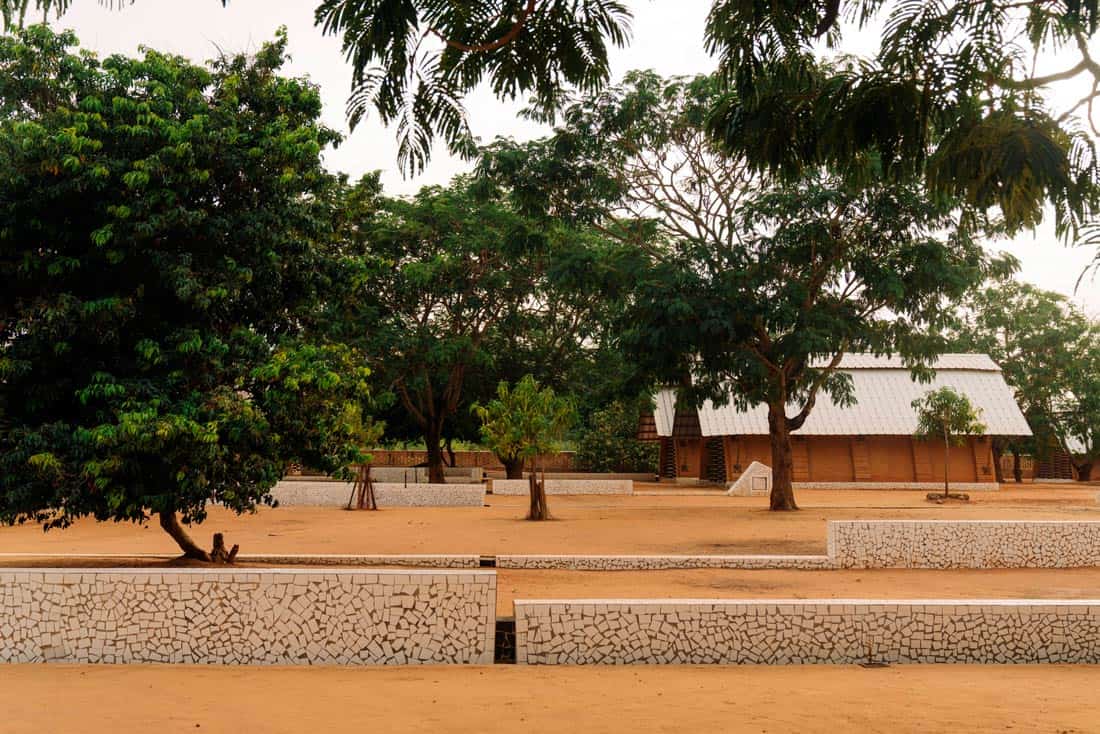SeCEM Kanamar is a secondary school for 500 students in the city of Thionk Essyl, in southern Senegal. It is the first project to come out of Foundawtion, the foundation created by the studio to meet architectural needs in economically disadvantaged areas.
The program of needs is conditioned by the principles of a design that guarantees climatic comfort and low-cost construction, which is achieved by making the most of local materials and the potential of the local community. The most abundant material in the region is clay, which is why it becomes the main building material for the project. Clay is a material that works under compression, so creating a covered space with this material posed a challenge that was solved by opting for the geometry of catenary vaults, formed by compressed clay blocks that are manufactured on site.
The school is understood as a system that can be adapted over time; it is comprised of modules that can be arranged within a grid, thus allowing the school to grow by building new modules, called Awlas, as required.
The trees give value to the project, and therefore become organizing elements in the design, accompanying the playgrounds/plazas for each school year.
The school has a common building, where the biology classroom, the computer room, the library and the teachers’ lounge are located. The different Awlas, single or double, are located along the grid. There is also a volleyball court and a football pitch on the school grounds.
The space that covers each of the Awlas is enclosed by two wooden lattices that allow lighting and air circulation from north to south. Thanks to this ventilation and the porosity of the clay, the cooling evaporator effect is achieved so that there is no need to resort to mechanical air-conditioning systems. The vaults are covered by a corrugated iron sheet to prevent direct rain from falling on the clay and to provide a shaded air chamber.


























